
Not all Hall of Famers are created equal, and every sport’s Hall of Fame is voted on by people who are important in the sport. Of course, neither are the snubs.
Below is a list of some of the biggest Hall of Fame snubs in MLB history. Players who are known to have used steroids were considered for this list, but you will only find two such players here.
Curt Schilling
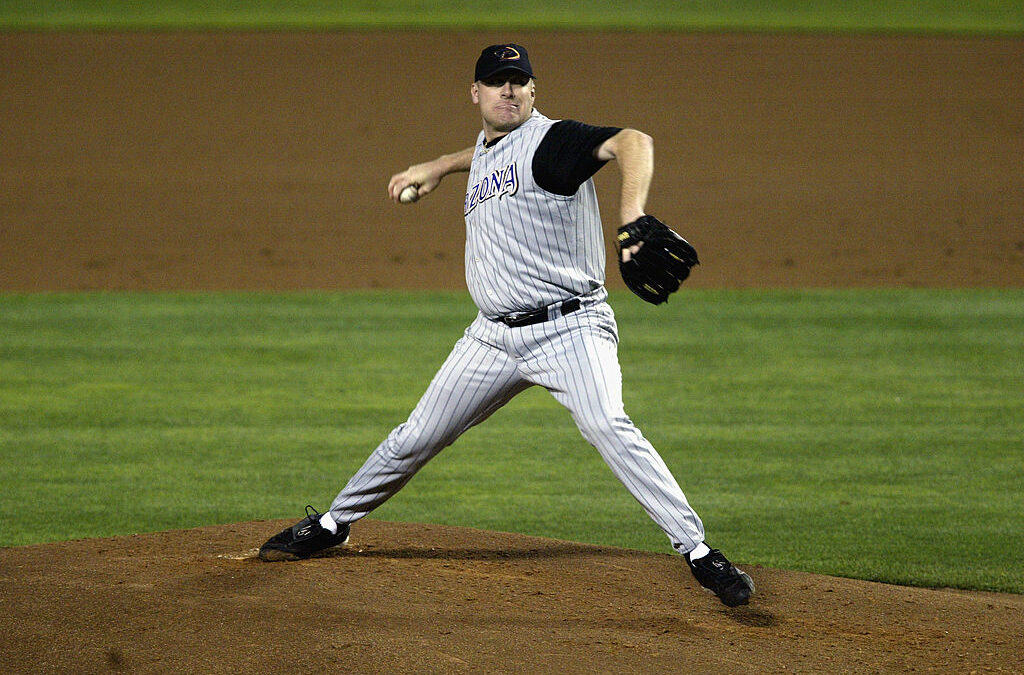
If Curt Schilling was a better person, he would already be in the Hall of Fame. However, worse people have gotten in, and have done far worse things than Schilling has.
Schilling’s resume speaks for itself: he is a three-time World Series Champion and a six-time All-Star, and he won World Series MVP in 2001 when his Diamondbacks upset the three-time defending champion New York Yankees in seven games. He also threw over 3,000 strikeouts in his career, and he is the only non-steroid user with more than 3,000 who is eligible for the Hall and has not been inducted.
His repeated feuds with baseball media personnel have made him an outcast in the baseball community, and, given that baseball writers are among those who vote on who makes the Hall of Fame, it seems as though he won’t get in for a long time, if he does at all.
Barry Bonds
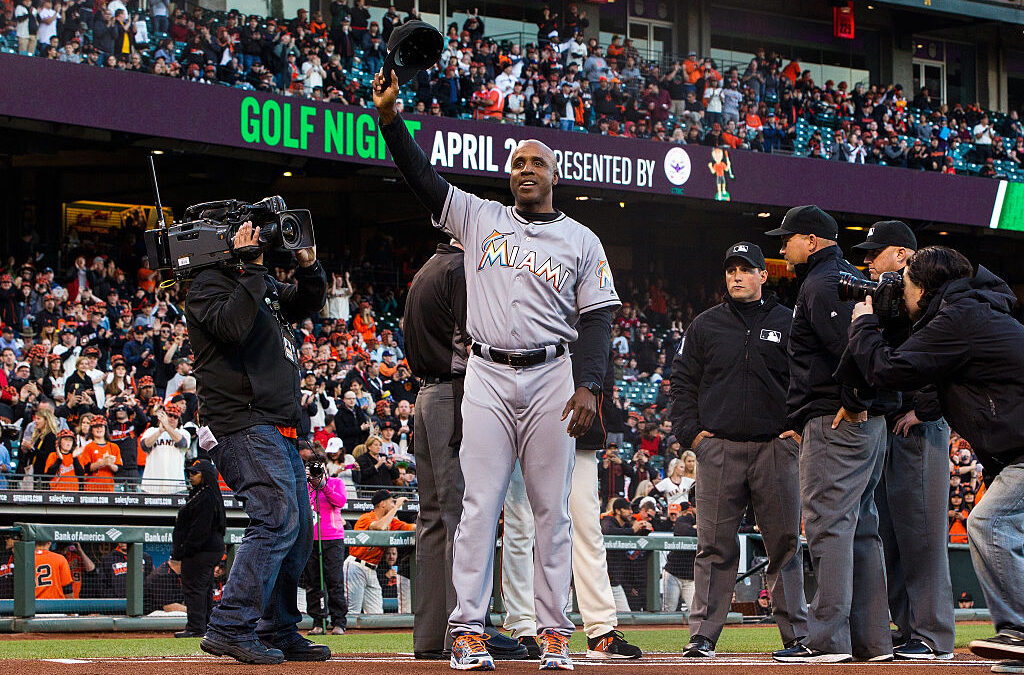
Click on ‘Follow Us’ and get notified of the most viral MLB stories via Google! Follow Us
Let’s get the obvious with Bonds out of the way first. Did he use steroids when they were no longer legal to use? Yes. Did he knowingly cheat? Also, yes. Is he an all-time great? Yes.
Bonds is a 14-time All-Star, seven-time NL MVP, eight-time Gold Glove winner, 12-time Silver Slugger, and he holds the MLB records for career home runs, home runs in a season, on-base percentage in a season, walks in a season, and intentional walks in a season, among many others.
Did steroids assist him in attaining these records? Probably, for some of them. However, steroids don’t impact a player’s plate discipline, and they don’t impact a player’s defense as much as you might think; outside of Bonds’ obvious power, his plate discipline and defense were his two strongest attributes.
Additionally, throughout the 1990s, Bonds was a great player and one who was on track for the Hall of Fame; his numbers didn’t become superhuman until 2000, which coincides with an injury he suffered in 1999, as it is widely believed that he began using steroids around this time in order to speed up his recovery. By 2000, Bonds was also considered a future Hall of Famer, and there isn’t much that could have happened to make him not eventually be one at that point.
Should Bonds be considered one of the greatest players of all time? Probably, but there will always be the asterisk placed near his name and records because of his steroid use. However, even before he began to use steroids, he was a Hall of Fame caliber player, and you can’t take that away from him.
Don Mattingly
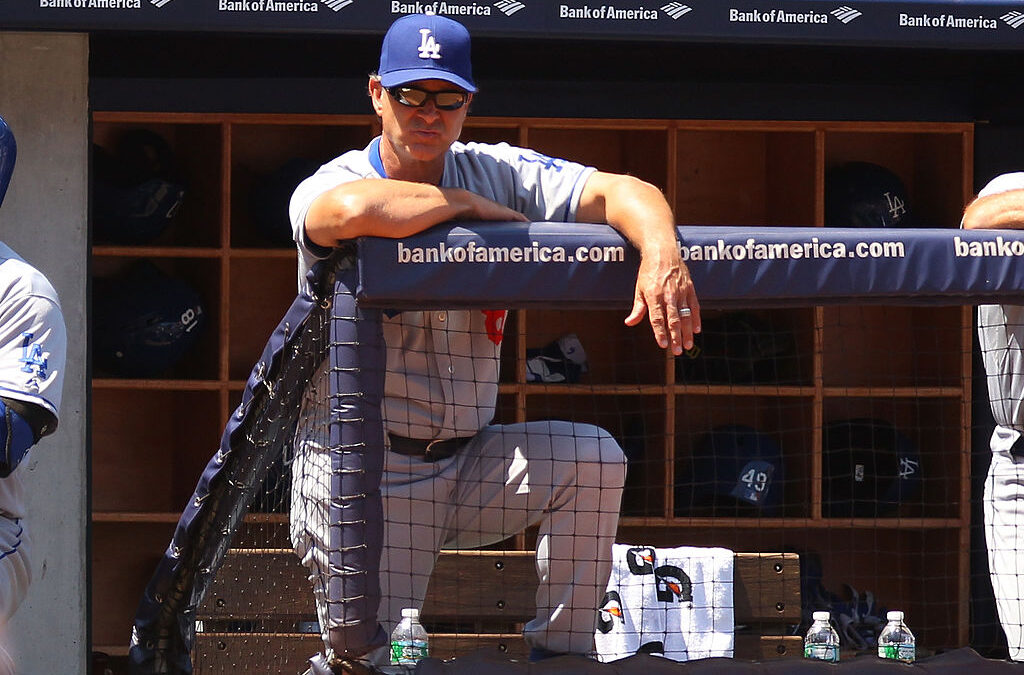
“Donnie Baseball,” as he was affectionately known during his playing days, spent his entire 14-year career with the New York Yankees during their relative slump in form in the 1980s and 1990s, retiring one year before the Yankees made it back to the World Series. One of the few bright spots on those Yankees teams, Mattingly finished his career with six All-Star game appearances, an AL MVP award in 1985, nine Gold Glove Awards, and three Silver Slugger Awards.
Mattingly won MVP, but he was better in 1986 and would have won the award again if another player later on this list hadn’t become a literal buzzsaw on the Red Sox that year. He was one of the best hitters of the 1980s and 1990s, and, while he wasn’t exactly a power hitter like most first basemen are, he was still able to hit 30 home runs three seasons in a row from 1985-1987, and this was while still having a .352 batting average in 1986 and over .320 the other two years.
After he retired, Mattingly had his number retired by the Yankees. He retired when he was 34 years old, the year before the Yankees won the World Series and at the start of a streak where they would win the title four times in five years. Had Mattingly stuck around and won at least one World Series (or won back-to-back MVPs in ‘85 and ‘86), he would have been a lock for the Hall of Fame, but he should be in the Hall based on his playing ability anyway.
Kenny Lofton
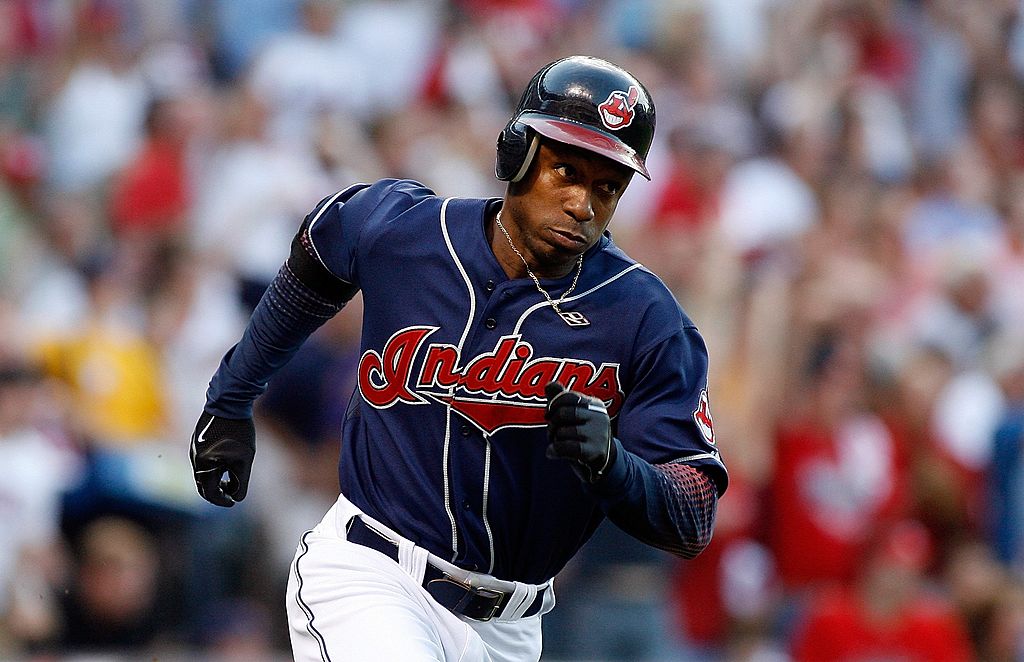
Lofton’s resume may not scream Hall of Famer, but his play on the field did. Lofton was a six-time All-Star and a four-time Gold Glove Award winner, and he led the MLB in steals three times and the AL five times.
Lofton was a very good hitter, accruing a .299 batting average throughout his entire career and having nearly 2,500 hits. Players having 2,500 hits have almost always made the Hall of Fame unless there was an outside reason for them not to have, so if Lofton had played one more season, he may very well have made the Hall of Fame.
However, Lofton wasn’t known for his hitting ability, but rather for his defensive and baserunning abilities. He is one of the greatest defensive center fielders of all time, and he is 15th in career steals with 622.
Had Lofton stayed on one team for longer (other than the Cleveland Indians, he never spent more than one season on a single team and he played for 11 teams over his 17-year career), he would likely be recognized as the great player he was, but because of the fact that he frequently changed teams, he was viewed as somewhat replaceable.
Roger Clemens
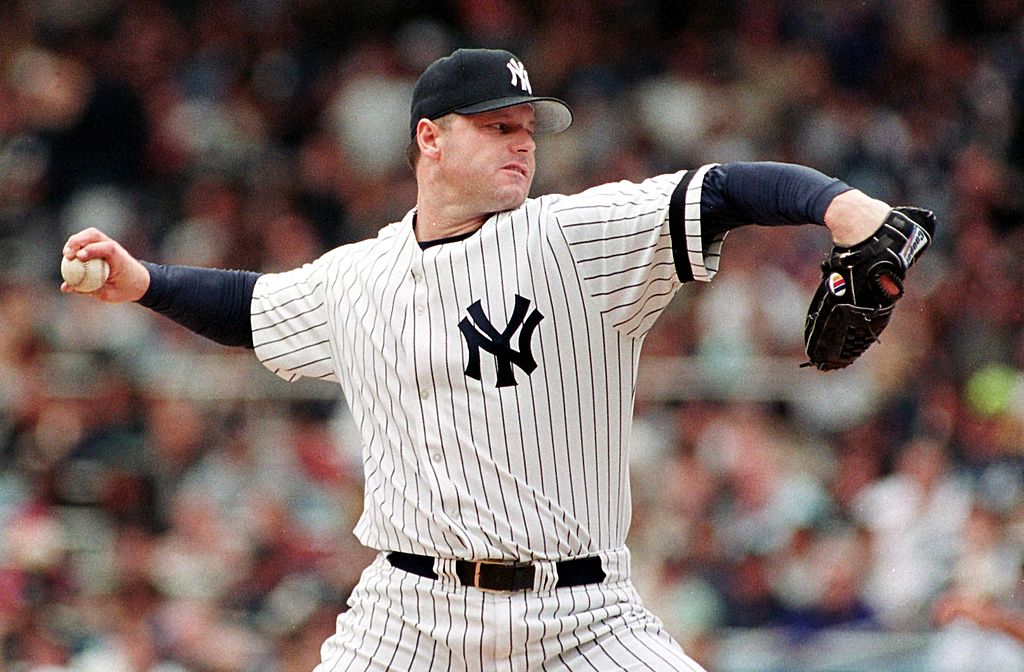
The second (and last) player who used steroids that should be in the Hall of Fame is Roger Clemens. Clemens is one of the greatest pitchers in history, and, while his use of steroids likely helped his velocity and longevity (it is believed that he never used them until late in his career), his control as a pitcher is virtually unmatched.
Like Bonds, Clemens was already considered a future Hall of Famer before he began to use steroids, and his resume portrays this, as well. Clemens was an 11-time All-Star, seven-time Cy Young Award winner, AL MVP in 1986, and a two-time World Series champion, and he led the league in wins four times, ERA seven times, and strikeouts five times, winning the pitching triple crown twice.
Clemens was one of the greatest pitchers of all time and should be acknowledged as such, steroids or not.
Lou Whitaker
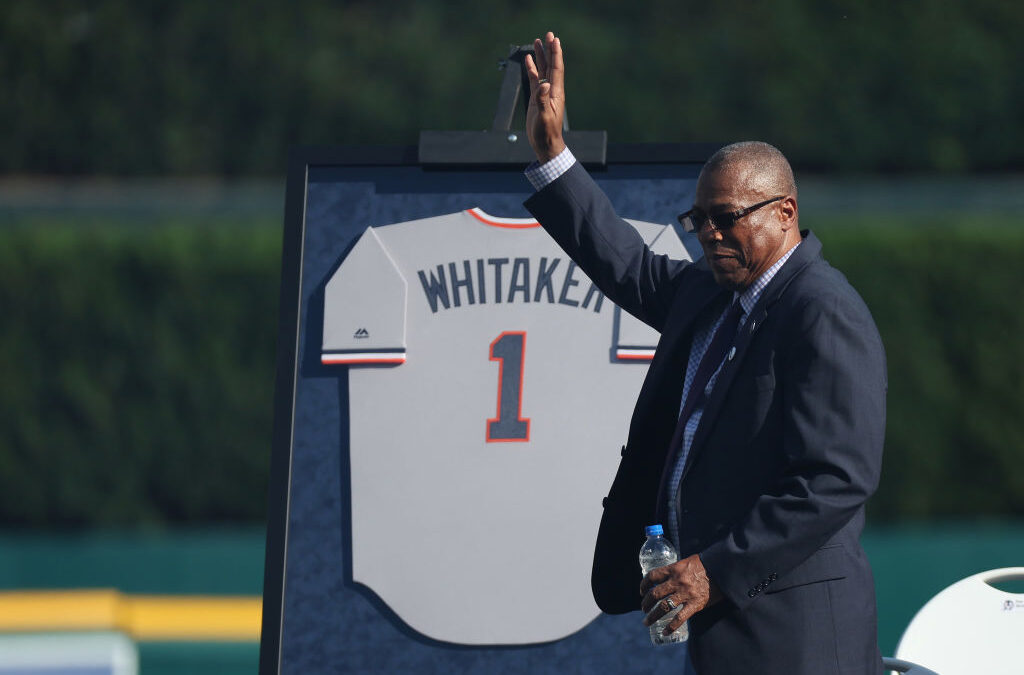
Whitaker was part of the Detroit Tigers’ legendary double-play combination (second baseman and shortstop) with Alan Trammell from 1977-1995. Together, with Trammell, the two are the longest serving double play combination in MLB history, but unlike Trammell, Whitaker has yet to be inducted into Cooperstown.
The AL’s Rookie of the Year in 1977, Whitaker was also a five-time All-Star, four-time Silver Slugger, and three-time Gold Glove Award winner, and he helped the Tigers win the World Series in 1984. Whitaker is also 83rd all-time in Wins Above Replacement and 51st among position players; everyone above him is either in the Hall of Fame, a steroid user, Pete Rose, or currently ineligible due to not being retired for long enough, and Whitaker is higher on the list than Hall of Fame infielders like Derek Jeter, Trammell, Scott Rolen, and Ryne Sandberg.
The fact that one of Lou Whitaker and Alan Trammell are in the Hall of Fame and the other is not is nothing short of injustice, especially when it is Whitaker, who was slightly better than Trammell, who hasn’t made the Hall. This is not to say that Trammell is not a deserving Hall of Famer, but more so to say that both should be in.
Darryl Strawberry
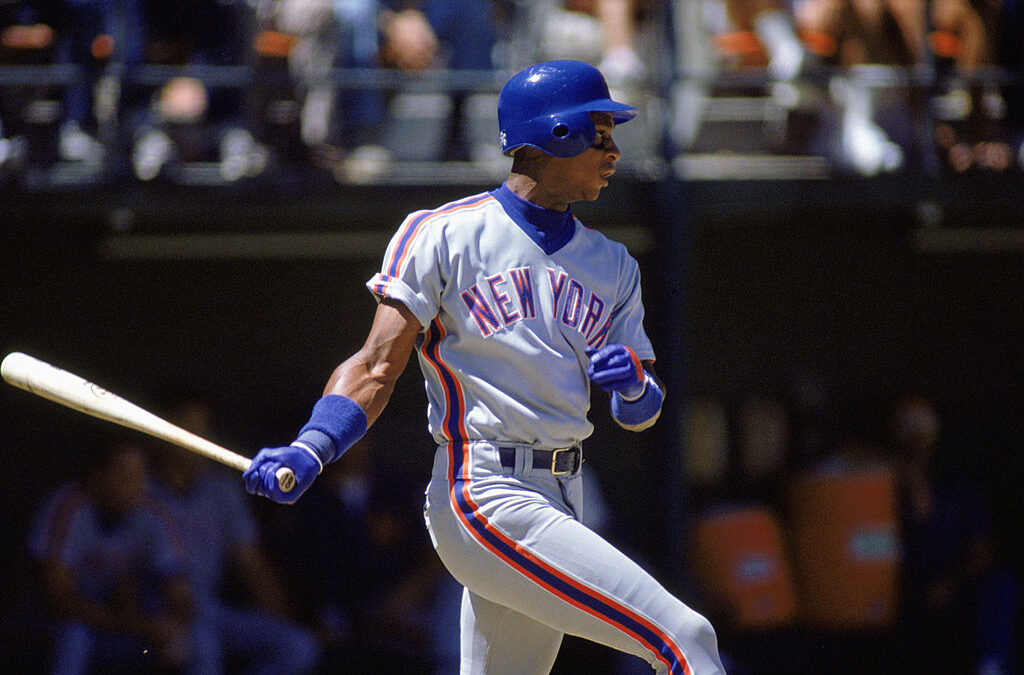
Strawberry had one of the greatest starts to a career in MLB history, winning NL Rookie of the Year with the New York Mets in 1983 and following that up with eight consecutive All-Star selections. Strawberry was also a two-time Silver Slugger and probably should have won NL MVP over Kirk Gibson in 1988.
Through 1991, he looked like a definite Hall of Fame candidate, but after that season, he would only play 100 games in a season one more time in his career, in 1997 with the New York Yankees when he played in 101 games. He missed games due to injury, substance abuse suspensions, and cancer treatment, but regardless, he would never be able to replicate his success.
Had Strawberry retired after 1991 when he was just 29 years old, he could have made the Hall of Fame someday. However, at this point, it looks like he will never make the Hall of Fame, even though he had the talent to make it and could have still made it if he hadn’t been suspended for cocaine usage.
David Cone
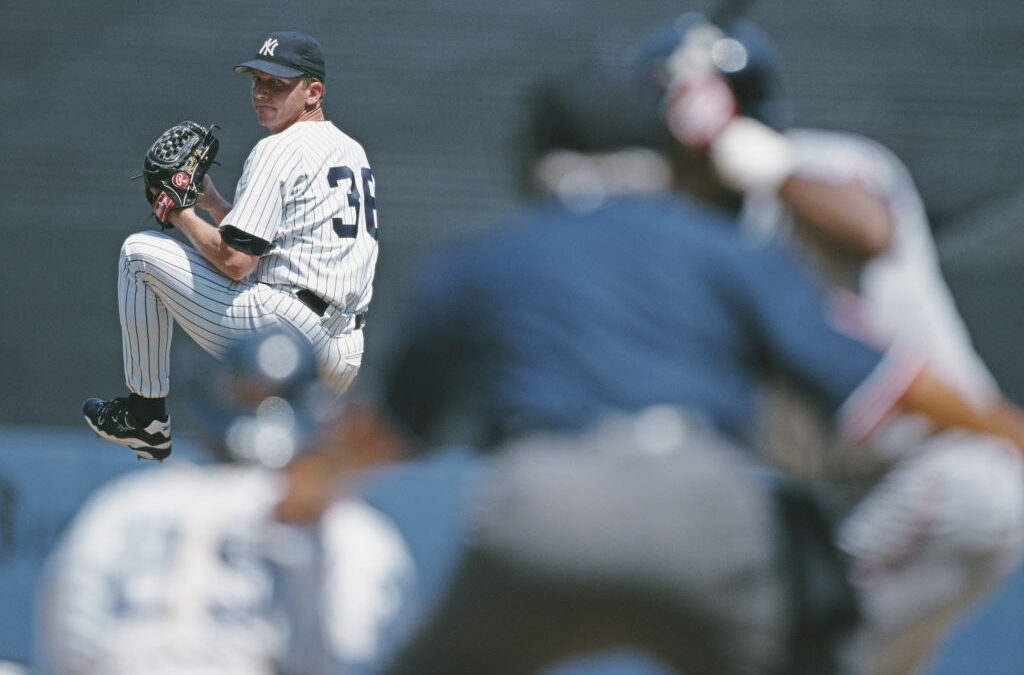
A five-time All-Star, five-time World Series champion, and the winner of the 1994 AL Cy Young Award, Cone was notable for his longevity as a pitcher. Cone led the AL in wins in 1998 with 20 at the age of 35, and he threw a perfect game in 1999, the 16th in MLB history, at the age of 36.
Cone’s longevity alone could easily have given him a shot at being a Hall of Famer; his first and last All-Star nods came 12 years apart and he was still receiving Cy Young Award votes in his age 37 season.
As it stands, Cone is not likely to get in, but he could have easily been the eighth player with a perfect game to become a member of the Hall.
Keith Hernandez
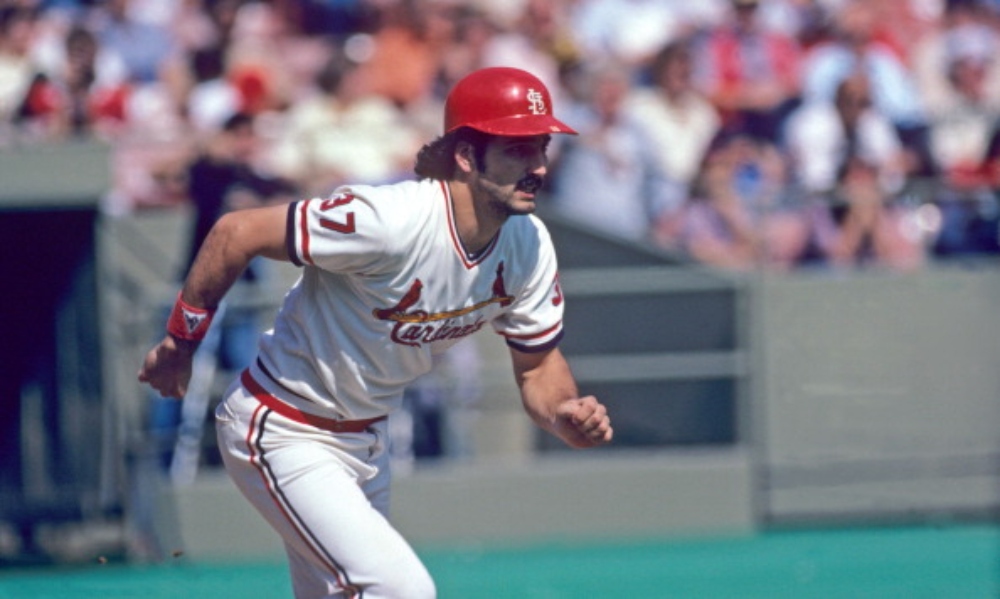
One of the greatest defensive first basemen of all time, the long-time Cardinal and Met very easily could have gotten into the Hall of Fame without playing on offense. A contact hitter, something that is fairly rare among first basemen, Hernandez recorded a record 11 consecutive Gold Glove Awards at first base, and he was a two-time World Series champion, five-time All-Star, a 1979 NL co-MVP with Willie Stargell, and a two-time Silver Slugger.
Hernandez should have won the 1979 NL MVP outright, as he only missed one game to Stargell’s 36, nearly doubled him in hits and walks, had a batting average 50 points higher than Stargell’s and led the MLB in batting average as a FIRST BASEMAN; the only statistic that Stargell beat Hernandez on was in home runs, which Stargell nearly tripled Hernandez in. In fact, if anyone other than Hernandez won the NL MVP that season, it should have been Dave Winfield of the San Diego Padres, not Stargell. I mention this because if Hernandez had won the MVP outright, there is a good chance that his career would have been looked on more favorably.
Obviously, with Hernandez, there is also cocaine usage, but as far as the Hall of Fame is concerned, I don’t feel that it should hurt him. It didn’t positively affect his on-field play (if anything, it would have hurt it), and there are far worse things that other people have done and still made the Hall of Fame.
Keith Hernandez, based on his on-field play alone, deserves to be in the Hall of Fame, and the only two reasons that he is not (in my opinion) are his cocaine usage and the fact that he was a contact hitter at a position traditionally played by power hitters. The fact that power hitters who are not good on defense are usually placed at first base also hurt his candidacy, as his record 11 consecutive Gold Glove Awards seem to have diminished value as a result; it doesn’t change the fact that Hernandez and Don Mattingly are probably the two greatest defensive first basemen ever.
Thurman Munson
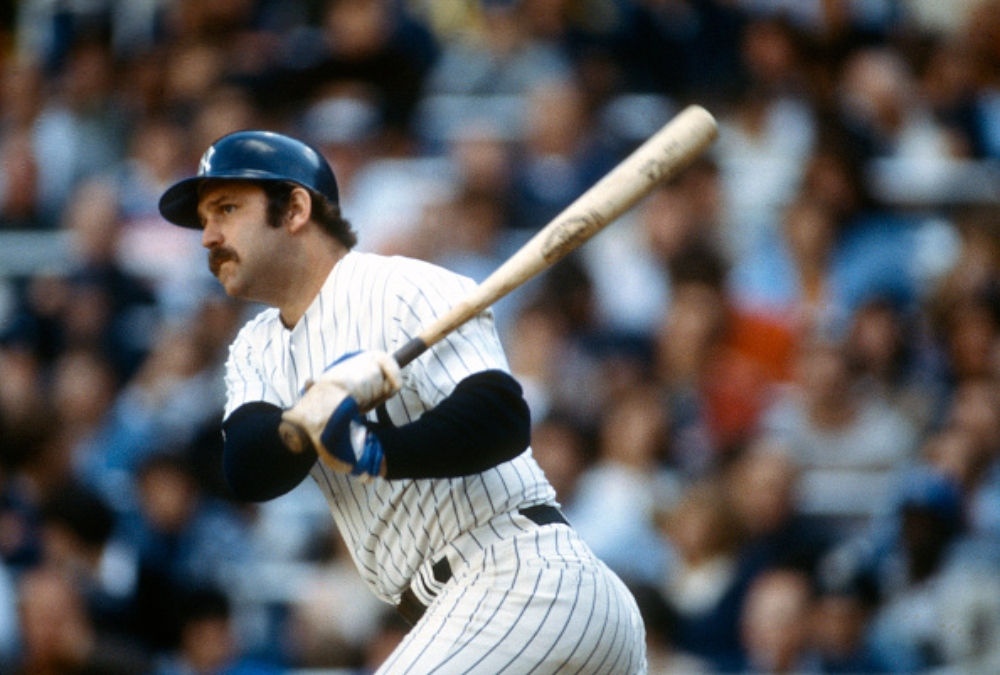
Had Thurman Munson not tragically passed away in a plane crash during the prime of his career, he would certainly be a Hall of Famer. He was on track with either current or future Hall of Fame catchers like Yadier Molina and Ivan Rodriguez when he died at the age of 32. Because of his passing, he never had the chance to show his longevity and increase his statistics in his late career, something that would have almost surely turned him into a Hall of Famer; however, it is my opinion that he had already done enough to secure a Hall of Fame induction by the time of his passing.
Munson’s resume is crazy to read: seven-time All-Star, two-time World Series champion, three-time Gold Glove Award winner, AL Rookie of the Year in 1970, and AL MVP in 1976, and he was well on his way to another All-Star nod and top five MVP placing in 1979. The craziest part is that he did all of this in just nine full seasons.
Munson is easily a top 10-15 catcher of all time, and given that there are 19 catchers in the Hall of Fame (not counting Yadier Molina or Buster Posey, as they are sure to get in but they haven’t been retired long enough yet), it is long past time for Munson to get in.























